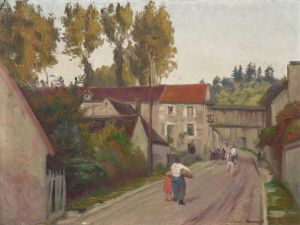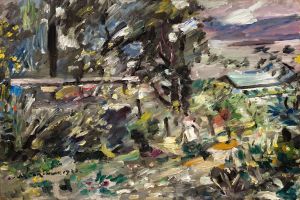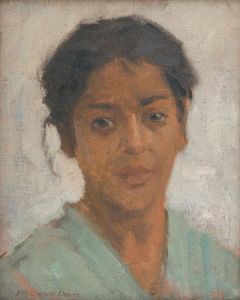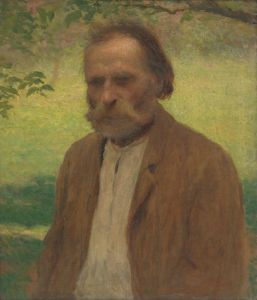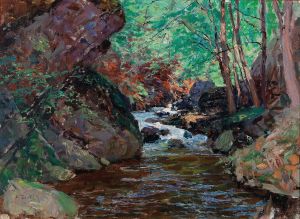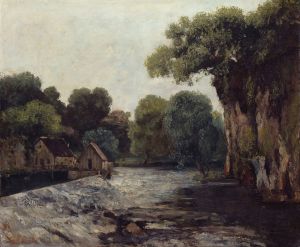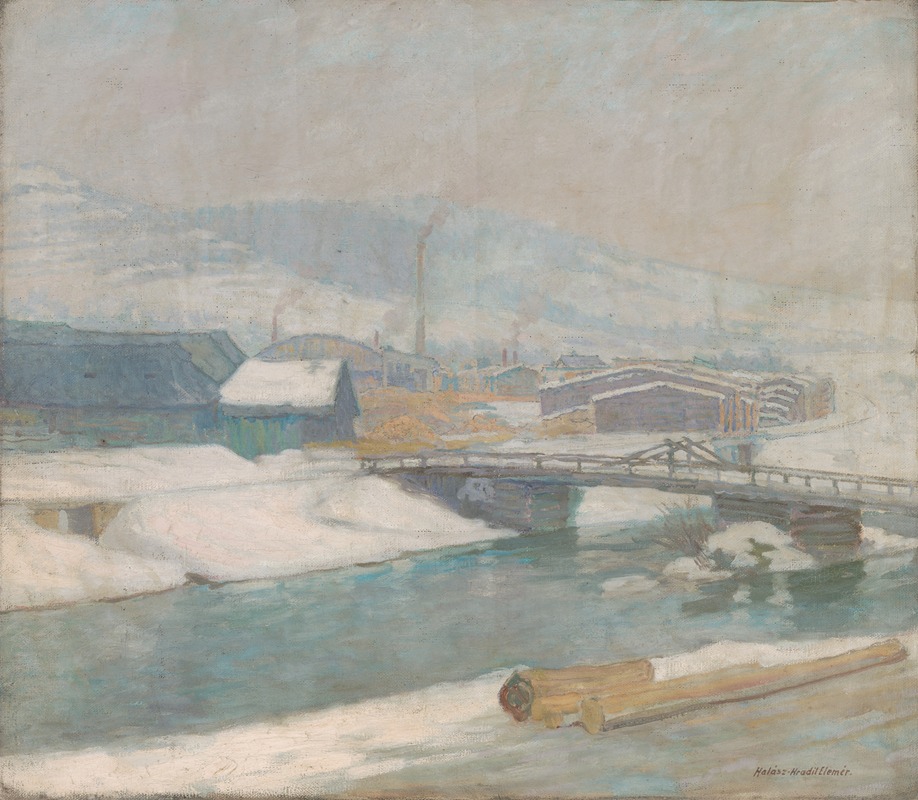
Margecany Mill
A hand-painted replica of Elemír Halász-Hradil’s masterpiece Margecany Mill, meticulously crafted by professional artists to capture the true essence of the original. Each piece is created with museum-quality canvas and rare mineral pigments, carefully painted by experienced artists with delicate brushstrokes and rich, layered colors to perfectly recreate the texture of the original artwork. Unlike machine-printed reproductions, this hand-painted version brings the painting to life, infused with the artist’s emotions and skill in every stroke. Whether for personal collection or home decoration, it instantly elevates the artistic atmosphere of any space.
Elemír Halász-Hradil was a Slovak painter known for his contributions to landscape painting in the early 20th century. One of his notable works is "Margecany Mill," which captures the essence of rural Slovak life through its depiction of a mill in the village of Margecany. This painting is a fine example of Halász-Hradil's ability to blend natural scenery with human activity, creating a harmonious and serene composition.
"Margecany Mill" showcases Halász-Hradil's skillful use of color and light to bring the scene to life. The painting features a traditional water mill, a common sight in Slovak villages during that period. The mill is set against a backdrop of lush greenery, with a stream flowing gently by, reflecting the surrounding landscape. The attention to detail in the foliage and the play of light on the water demonstrate the artist's keen observation and technical prowess.
The painting is significant not only for its artistic merit but also for its cultural and historical value. It provides a glimpse into the rural life of Slovakia in the early 20th century, a time when such mills were integral to the local economy and community. The mill in Margecany would have been a hub of activity, where villagers gathered to grind grain and engage in social interactions. Halász-Hradil's depiction of this scene preserves a piece of Slovak heritage, offering viewers a window into the past.
Elemír Halász-Hradil was born in 1873 in the town of Spišská Nová Ves, which was then part of the Austro-Hungarian Empire. He studied at the Academy of Fine Arts in Budapest and later continued his education in Munich and Paris, where he was influenced by various artistic movements of the time. Despite these influences, Halász-Hradil developed a distinct style that remained rooted in the Slovak landscape and culture.
Throughout his career, Halász-Hradil focused on capturing the natural beauty of Slovakia, often painting rural scenes, landscapes, and village life. His works are characterized by their realistic portrayal of nature and the subtle interplay of light and shadow. "Margecany Mill" is a testament to his dedication to depicting the Slovak countryside with authenticity and sensitivity.
The painting is part of the collection at the Slovak National Gallery, where it is appreciated for both its artistic quality and its representation of Slovak cultural history. Visitors to the gallery can view "Margecany Mill" alongside other works by Halász-Hradil, gaining a deeper understanding of his contribution to Slovak art.
In summary, "Margecany Mill" by Elemír Halász-Hradil is a significant work that captures the rural charm and historical context of early 20th-century Slovakia. Through his masterful use of color, light, and composition, Halász-Hradil offers a timeless portrayal of a traditional Slovak mill, preserving a piece of cultural heritage for future generations to appreciate.






